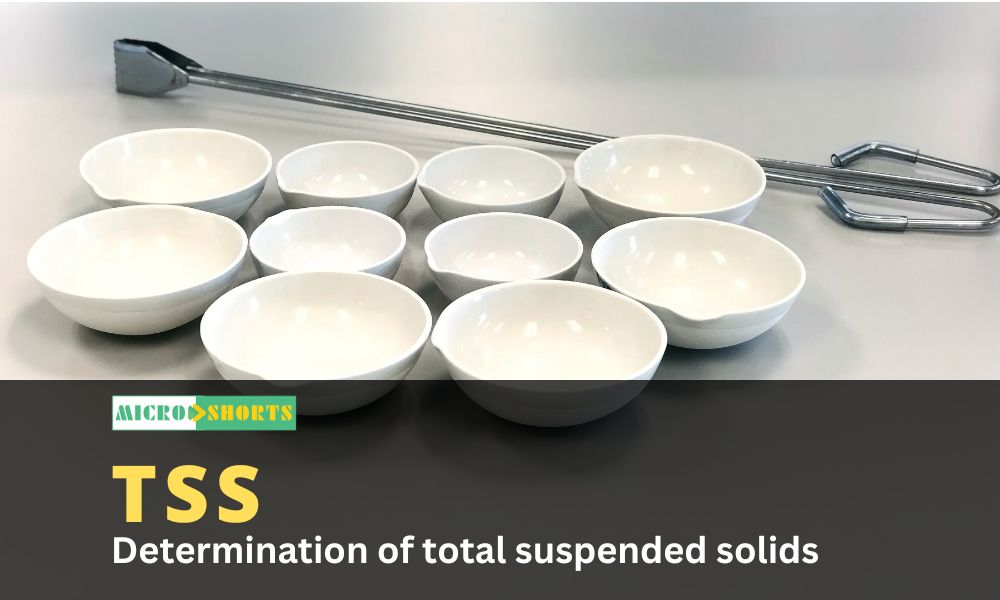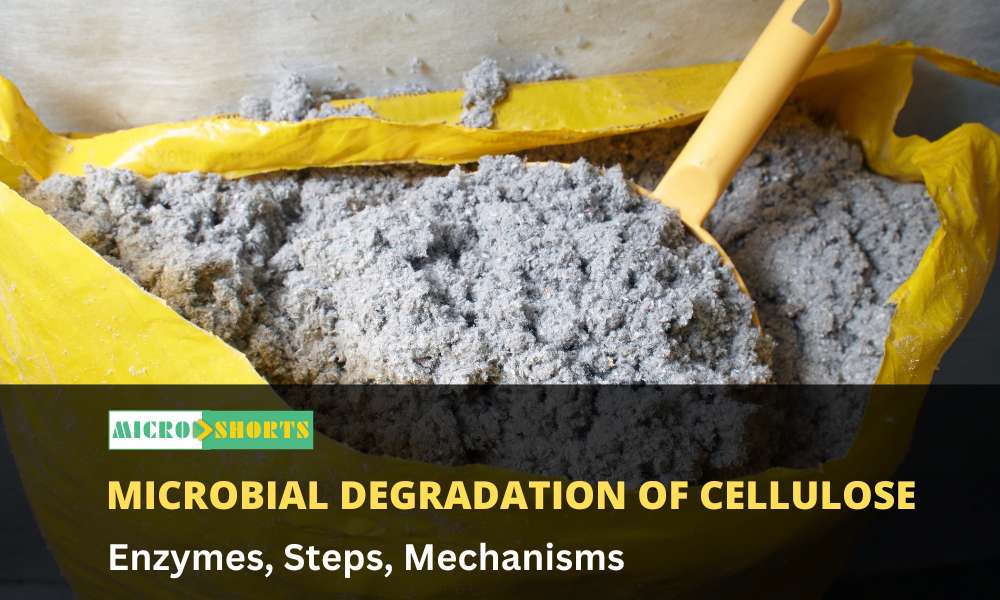Introduction
The term “solids” is generally used when referring to any material suspended or dissolved in water or wastewater that can be physically isolated either through filtration or through evaporation. Solids can be classified as either filterable or non-filterable. Filterable solids may either be settleable or non settleable. Solids can also be classified as organic or inorganic.
Total Solids is the term
applied to the material residue left in the vessel after Evaporation of a
sample and its subsequent drying in an oven at a defined temperature.
Measurement of Solids can be made in different water samples (industrial,
domestic and drinking water) and it is defined as residue upon evaporation of
free water. Thus, Total solids are nothing but summation of total dissolved
solids and total suspended solids.
Principle:
Suspended and
dissolved impurities are commonly present in surface water. A well-mixed sample
is filtered through standard whatman No.1 filter and filter is evaporated to
dryness in evaporating dish, dried at 103 –
105 oC.
Increase in weight of dish represents “Total dissolved solids”. The residue on
filter paper is dried at 120 oC. Increase in weight of filter paper
represent “Total suspended solids” in water.
Requirements
1) Water
sample
2) Buchner
filter Assembly
3) Dessicator
4) Whatman
filter paper no-1
5) Evaporating
dish (Crucible)
6) Hot
air oven
7) Analytical
Balance
Procedure
1) TOTAL SUSPENDED SOLIDS (TSS)
Ø Dried
Watman filter paper No.1 at 105o C for 1 hour.
Ø Store
it in a dessicator until needed.
Ø Set
Buchner filter assembly and place pre dried Watman filter paper No.1 on it.
Ø Filtered
about 10 ml by applying negative
pressure through suction point.
Ø Put
the filter paper with remaining unfiltered solids in hot air oven pre set at
105o C.
Ø Dry
the filter paper for at least 1 hour in hot air oven at 105o C. Cool
in a dessicator to balance temperature and weight.
Ø Repeat
drying cycles until a constant weight is obtained or until weight change is
less than 4% of previous weight or 5mg whichever is less.
Ø Calculate TDS/lit of given water sample.
Advantages of total suspended solids
Total Suspended Solids (TSS) is a
parameter used in environmental and water quality monitoring to measure the
concentration of solid particles that are suspended in water or other liquids.
There are several advantages to measuring TSS, as it provides valuable
information for various purposes:
Indicator of Water
Quality: TSS is a critical parameter for assessing water quality. High TSS
levels can indicate pollution, sediment runoff, or other contaminants in the
water, making it an essential tool for monitoring and managing water resources.
Environmental
Impact Assessment: TSS measurements are often used in environmental impact
assessments (EIAs) for construction projects, industrial activities, and other
developments. It helps in evaluating the potential impact of these activities
on aquatic ecosystems.
Regulatory
Compliance: Many environmental regulations set limits on TSS levels in
wastewater discharges and surface waters. Regular TSS monitoring helps
industries and municipalities ensure compliance with these regulations,
avoiding fines and penalties.
Erosion Control:
TSS monitoring is crucial for assessing the effectiveness of erosion control
measures. By measuring TSS in runoff water, it's possible to determine whether
erosion control practices are adequately preventing soil and sediment from
entering water bodies.
Research and Data
Analysis: Scientists and researchers use TSS data to study the health of
aquatic ecosystems, sediment dynamics, and the impact of land use changes on
water quality. It provides valuable insights into long-term trends and helps
identify emerging issues.
Treatment Plant
Performance: In wastewater treatment plants, monitoring TSS levels is
essential for evaluating the efficiency of treatment processes. It ensures that
solids are adequately removed before the treated water is discharged into the
environment.
Public Health
Protection: High TSS levels in drinking water can indicate problems with
water treatment and distribution systems. Regular monitoring helps ensure that
drinking water meets quality standards and is safe for consumption.
Process
Optimization: Industries that use water in their processes, such as
manufacturing and mining, benefit from TSS monitoring to optimize their water
treatment and recycling systems, reducing operational costs and environmental
impact.
Flood Prediction:
In some cases, TSS measurements can be used as a tool for predicting and
monitoring floods. High TSS levels in rivers or streams may indicate increased
sediment load due to heavy rainfall or snowmelt, which can contribute to
flooding.
Educational and
Public Awareness: TSS data can be used for educational purposes and to
raise public awareness about the importance of water quality and environmental
conservation. Visualizing TSS levels and their impact can help engage
communities in environmental stewardship efforts.
In summary, measuring Total Suspended Solids offers numerous advantages for environmental protection, water quality management, regulatory compliance, and scientific research. It plays a crucial role in safeguarding natural ecosystems and ensuring the availability of clean water for various uses.
Limitations of total suspended solids
Total Suspended Solids (TSS) is a commonly used parameter in environmental monitoring and water quality assessment. It refers to the concentration of solid particles that are suspended in water or wastewater. While TSS is a valuable indicator of water quality, it does have some limitations:
Lack of Discrimination: TSS provides a measure of all solid
particles suspended in water, regardless of their origin or composition. This
can be a limitation when trying to pinpoint specific sources of pollution or
identify harmful substances in the water.
Particle Size Variation: TSS includes particles of various sizes,
from very fine colloidal particles to larger sand and silt particles. Different
particle sizes can have different environmental impacts and treatment requirements,
so TSS alone doesn't provide information about the size distribution of
suspended solids.
Seasonal Variation: TSS levels in water bodies can vary
significantly with changes in weather conditions, such as rainfall or snowmelt.
This makes it challenging to establish consistent baseline measurements or
assess long-term trends accurately.
Incomplete Characterization: TSS does not distinguish between
organic and inorganic particles. Understanding the composition of suspended
solids can be crucial in assessing their impact on aquatic ecosystems and
treatment processes.
Sampling and Analysis Challenges: Collecting representative samples
for TSS analysis can be challenging, especially in turbulent or rapidly flowing
waters. Additionally, laboratory analysis of TSS may involve filtration or
centrifugation steps, which can lead to potential errors.
Sensitivity to Environmental Conditions: TSS levels can be
influenced by factors such as temperature, pH, and the presence of dissolved
organic matter. These factors can affect the aggregation, settling, or
resuspension of particles, making TSS measurements less straightforward.
Lack of Information on Specific Contaminants: TSS measurement does
not provide information about specific contaminants present in the suspended
solids, such as heavy metals, pathogens, or organic chemicals. Additional
testing is often required to identify and quantify these substances.
Limited Use for Drinking Water Quality: While TSS is essential for
assessing the quality of surface water bodies, it is less relevant for
evaluating the suitability of water for drinking purposes, where other
parameters like turbidity, specific contaminants, and disinfection byproducts
are more critical.
To address these limitations, water quality assessments often use a combination of parameters, including TSS, turbidity, chemical analysis, and biological indicators, to provide a more comprehensive understanding of water quality and its potential impacts on human health and the environment.
Reference
•
Clesceri L.S., Greenberg A.E., Eaton A.D. (1998)
Satandard methods for the examimnation of water and waste water. 23rd
edition APHA.
- Kulkarni P.D. Laboratory manual in environmental engineering. Jaico Publishing House. Bombay.









Comments